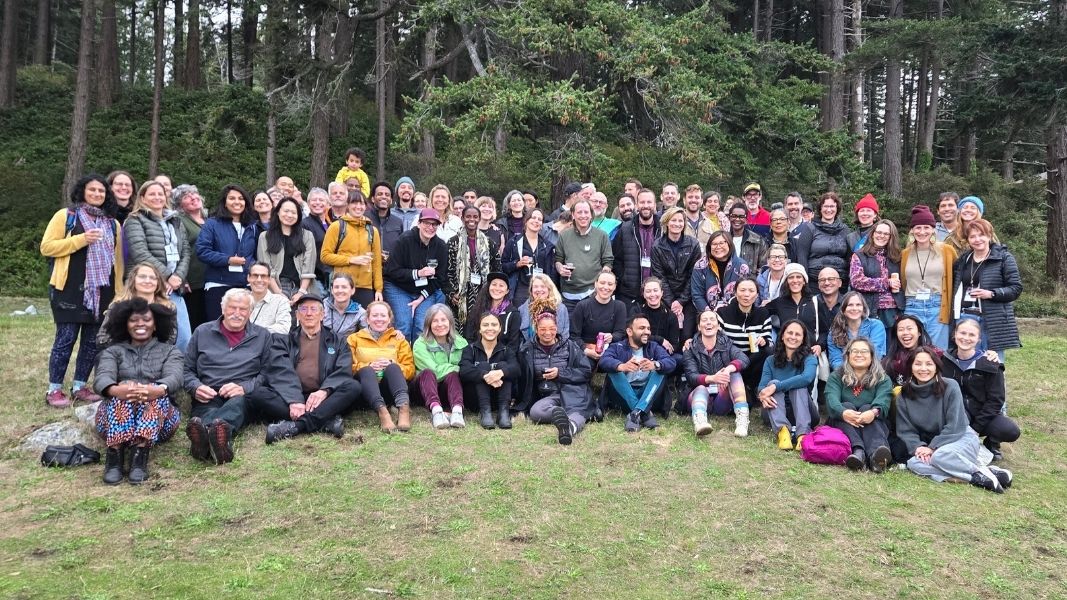The owner and CEO of one of our clients is currently away on a year-long sabbatical. He had been dreaming of this trip for years and working with his executive team for the past 12 months to plan for his absence—and the extra work his team would have to take up.
Of course, this is easier said than done, and today, one-third of the way into the CEO’s sabbatical, his colleagues are feeling the pressure of their increased workload. This isn’t solely because of his absence; they’re also having a busy year and managing through the challenges and changes of leading a growing business. Their experience isn’t at all unique.
The pace and pressure of work is only increasing.
The pace of work today is relentless and it’s only accelerating. Entrepreneurs around the world are expected to “build the next unicorn,” “generate 10x returns,” and move faster than ever.
The pace of work today is relentless and it’s only accelerating. Entrepreneurs around the world are expected to “build the next unicorn,” “generate 10x returns,” and move faster than ever. Corporate leaders are being pressured to ‘disrupt their markets and themselves,’ while continuing to deliver shareholder returns that ‘beat the expectations of the street.’ And social sector leaders are perpetually being asked to do yet more with yet fewer resources, while dealing with funders’ absurd expectations for investments in administration and management, or research and development. And it’s not all about the money.
Leaders are increasingly expected to set the tone for diversity and inclusion, to track and report on their organizations’ environmental footprints and social impacts, and to be exemplary peers in their communities. They’re stretched thin, to say the least.
How is a healthy leader to respond to this pressure?
As a leader, it’s your responsibility to set the pace of work.
It seems a long time since the advent of ‘time management.’ When I first started in business back in the 1990s, it was a major focus of management training. Dozens of workshops and frameworks were each touted as the solution to the challenges of the modern workplace. Many of them were very good and truly helpful. And still, most of them failed along the way as the world of work went increasingly digital, running rapidly around the clock.
Based on our conversations with a couple of dozen clients, here are three ways to think about how healthy leaders respond.
As a leader, it’s your responsibility to set the pace of work.
Set the pace, rather than trying to keep up with the pace. Let’s be clear: you’ll never reach the end of your todo list. You might get to ‘inbox zero,’ but you know it won’t last very long. So rather than trying to keep up, decide instead the pace you’re willing and able to maintain, and work at that speed, instead.
At the simplest level, this might look like deciding that your workday is done at 5pm—or whatever time works for you. The work will never be complete, so why not just put your tools down and go home to family, fitness, hobbies, and a good night’s sleep.
At a different level, this is about self-awareness and -control. If something is drawing your attention, but you know it’s something for which you don’t have time, then get used to saying “no.” Say it for yourself; say it to your colleagues and clients; say it because saying no to one thing allows you to productively say “yes” to what you’ve decided is most important. This makes space in the day, as one client put it, for “ruthless prioritization.” And it makes space in your mind to keep your focus on what’s most important.
Manage your energy, rather than your time. We all remember those days when we feel incredibly productive, get loads done, and leave work with a smile on our faces. We’ve also had those days when we’ve tried valiantly for hours and made what feels like zero progress. In either of those cases, was it the time at work that made the difference? Or was it the energy you could muster on the day?
As U2 said in a peculiarly good track, “Some days are better than others.” Our problems and frustration emerge when we forget that (or ignore it) and try to push through anyway. How much better would your work be if you put extra time into work on days you found flow, and stepped away on days you didn’t? Or simply structure your day to lean in to your strengths. For example, I always find more creativity and work faster in the early mornings, so I take advantage of that energy, leaving mundane correspondence and simpler tasks for later in the day (and later in the week).
At the next level, though, effective leaders focus on their self-development, understanding what it is for them that affects and inspires flow. It’s hard to pay mindful attention to our instincts and reactions—particularly those that emerge in moments of challenge. It takes practice. And the insights are worth the effort.
How do you want to make the people around you feel?
Lead based on how, rather than on what. So much of our work these days is anchored in tasks, meetings, project milestones… the what of our work. Healthy leaders shift to lead from the how—grounding their aspirations and activities at least equally in their values. One of our clients recently articulated a core value for their company of ‘Betterment.’ For them, it’s about leaving all things better than they found them—their company, their teams, and themselves. So the work is shaped not merely by what they need to achieve, but by how the work supports ongoing learning and improvement.
Maya Angelou famously said, “people will forget what you said, people will forget what you did, but people will never forget how you made them feel.” Leaders who make us feel included, valuable, and important are the ones we remember—not the ones who merely reminded us of our todo lists. How you show up is at least as important as what you achieve.
The next level? How do you show up for yourself? Do you drive yourself relentlessly to achieve more, sacrificing your health and wellbeing along the way? Do you clock ever-longer hours, sacrificing your relationships with friends and family? Or do you recognize that you, too, are a human being, deserving of compassion, balance, and all the opportunities for self-improvement and self-care that you offer to your colleagues and employees?
Now, what might it be like if you read this post backwards, and started on your leadership journey by caring for yourself? And then managing your energy? And then setting the right pace?
That might be one of the keys to switching the conversation from ‘leadership’ to wisdom.
Join me in at my entrepreneurs’ retreat, Business Inside Out this May 8-12, where we’ll be connecting philosophy and pragmatism.










